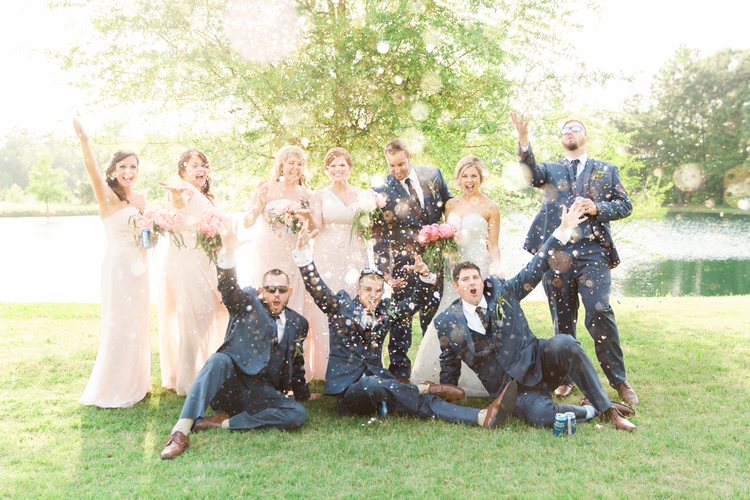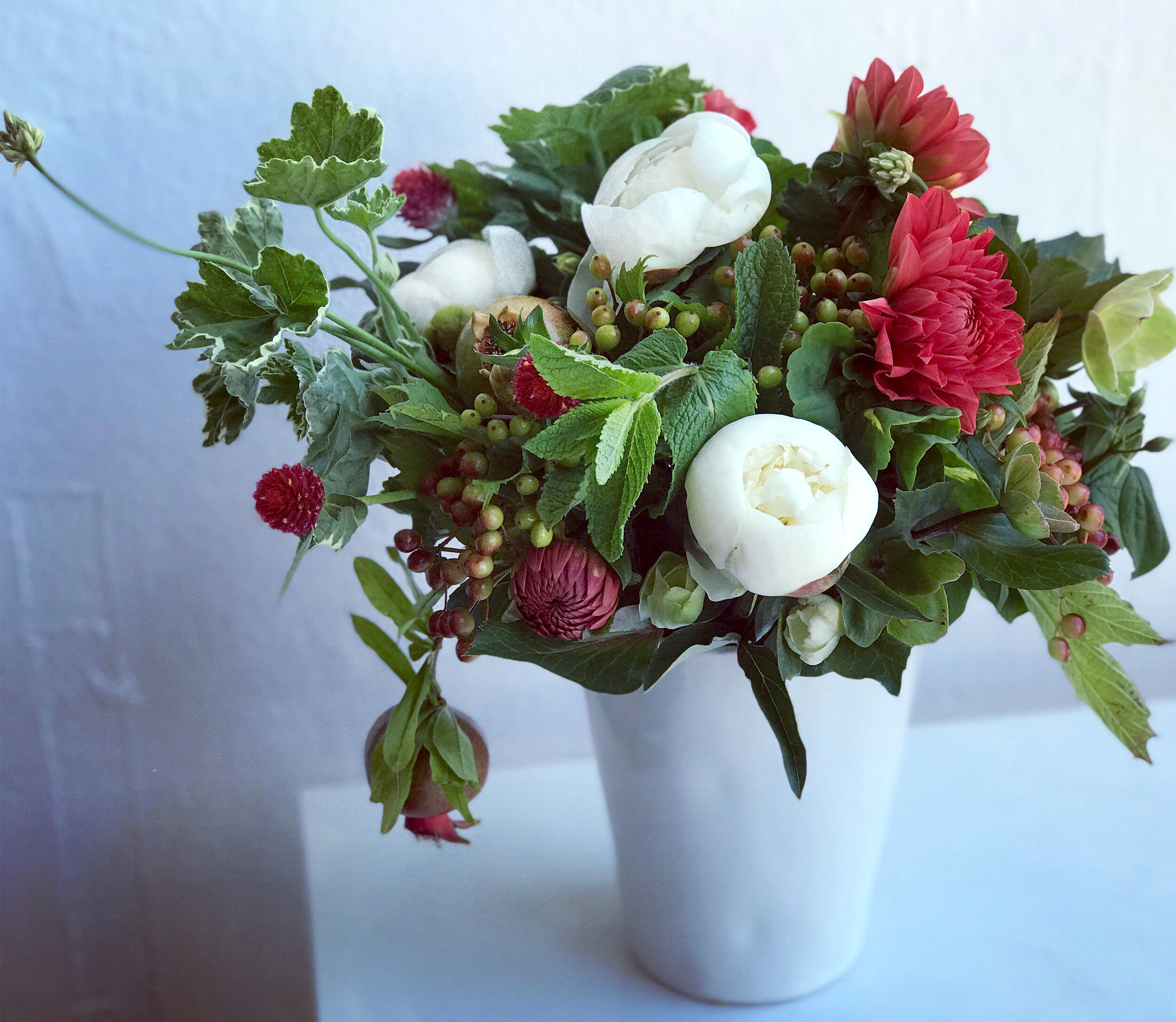Thrilled to have Ira from TruthAboutDiamonds.com with us today . . .
Getting engaged is one of the most exciting times in anyone's life. For the guy, from the moment he makes that fateful decision to propose to the woman he loves, he can usually think of nothing else save for the anticipation of spending the rest of his life with the girl of his dreams. Unfortunately, though, finding the ideal ring and pulling off the perfect proposal often add much anxiety to this already pressure-filled (not to mention expensive) time.
Here are ten tips to help make the processes as stress-free and affordable as possible:
One: Decide on an Overall Budget
Setting a budget gives you much needed direction in your search. Without it, it's very easy to quickly become overwhelmed by the seemingly endless options out there.
Two: Choose the Setting
Here, there are basically two things to decide upon. Firstly, one needs to figure out whether they want yellow gold or not. If not, then the decision is usually between white gold and platinum. White Gold requires upkeep (rhodium plating every year or so to maintain the white color), but it's cheaper. Platinum is more expensive, but it doesn't require any additional maintenance. It happens to be that gold is currently at a historically high price in comparison to platinum (they're almost the same), so now is probably the best time ever to choose platinum over white gold. Platinum rings still cost a bit more because it is a denser metal, so the same ring in platinum will weigh slightly more than the same ring in gold. Secondly, one needs to choose the style. There's really no objective advice to give in this area - buying an engagement ring setting is like picking out an item of clothing. It's completely a function of personal style and taste.
Three: Choose the Shape
Diamond shapes are typically broken up into three groups: Round Brilliants, Fancy-shaped brilliants, and Step Cuts. Round diamonds are the most popular and the most classic. They are also the most brilliant cut. While the other shapes were primarily invented to maximize yield from different types of rough (ie, minimize carat loss during cutting), rounds were created for their brilliance and fire. Fancy-shaped brilliants, such as princess cuts, ovals, pears, marquises, radiants, etc. all have their admirers. One benefit of these shapes is that they're particularly adept at hiding inclusions. Whereas round diamonds show their brilliance with a patterned faceted look, these shapes will typically display their brilliance in what is often termed the "broken glass" look - just a big mass of undifferentiated sparkle. Step cuts, such as emerald and asscher cuts, are cut for their lustre, not brilliance. Lustre describes how clearly and cleanly light travels through the diamond. These shapes don't really sparkle, and they're terrible at hiding inclusions. But many people love these shapes for their simple, understated natural beauty. Once we've followed these first three steps, now it's time to do some diamond shopping!
Four: Buy Online
The best online diamond vendors make a much smaller profit margin than typical brick & mortar jewelry stores. A similar diamond on BlueNile.com or JamesAllen.com could easily cost close to half of what it would cost at a store like Tiffany & Co. When buying online, it's best to limit your search to vendors that offer high quality photographs of their diamonds. No two diamonds are the same, and most of the time a certificate isn't enough to judge between a good one and a bad one. Images are critical.
Five: Look for the lowest possible color that still looks white
For ideal cut round diamonds, that's typically a J color. For princess, emerald, and asscher cuts, it's best to stick with an I color. All of the other shapes display color much more intensely, so it's best to stick with an H color. Anything whiter than these grades, and the price premium isn't really worth the minute incremental (and mostly imperceptible) upgrade in color. One important caveat - if your setting has side stones, you should only allow yourself to be, at most, one color grade lower than the side stones. Ideally, the center stone should at least match the side stones in color, and preferably be a bit higher in color.
Six: Look for the lowest possible clarity that is clean to the naked eye
A little-known secret of the diamond industry is that a diamond with a relatively lower clarity grade (meaning it has more inclusions, or impurities) that is still clean to the naked eye (ie, without using a jeweler's loupe) will look identical to a flawless diamond. Spending more on ultra-high clarity diamonds is simply a waste of money. This can often be achieved with an SI2 clarity diamond, but not always. This is the primary reason it is crucial to shop at online stores that offer high-res imagery - many SI2 clarity graded diamonds are "eye clean," but many are not. The only way to tell is with your eye or a picture.
Seven: Limit your search to diamonds certified by reputable labs only
GIA and AGS are the two most reputable labs in the United States. All of the others are significantly looser in their gradings. Diamond merchants often exploit this fact by seemingly selling the same diamond as a GIA-certified stone for a much cheaper price. Don't be fooled - it's like comparing apples to rotten apples.
Eight: Only search for ideal cut diamonds
Contrary to popular belief, "cut" doesn't refer to the shape of the diamond, but rather to the quality of a stone's proportions. The angles and proportions of a diamond will determine how brilliant it is and how much light is reflected back to the viewer's eye. This is, after all, why we buy diamonds, so it only makes sense to limit our searches to the most brilliant stones.
Nine: Avoid Strong Fluorescence
Occasionally certain diamonds will glow bright blue when exposed to ultra-violet light. Many of these "fluorescent" diamonds also have a milky/dull appearance when exposed to natural sunlight. Since it's impossible to tell which of these stones will look dull and which won't, it's best to just avoid them altogether.
Ten: Don't worry about Polish & Symmetry
Many diamond novices mistakenly believe that a diamond's Polish and Symmetry grades are just as important as its cut grade. Nothing could be farther from the truth. After nearly a decade of experience in the diamond business, I still can't tell the difference between a diamond with Excellent Polish and Symmetry, and one graded only Good (two grades lower).
Follow these tips, and you'll be buying diamonds the same way I would for my wife - maximizing visual appearance while minimizing cost. Happy Diamond Hunting!
Ira Weissman+ is a diamond industry veteran with nearly a decade of experience at one of the world's largest diamond polishers. He has traveled the world buying and selling diamonds and now dedicates his time to helping consumers make the most of their diamond buying decisions. He has been featured on Anderson Cooper, and has been quoted by MarketWatch, The Village Voice, and BankRate. Visit Truth About Diamonds {truthaboutdiamonds.com} to educate yourself about diamonds and for free help in your diamond search according to your budget and needs.














